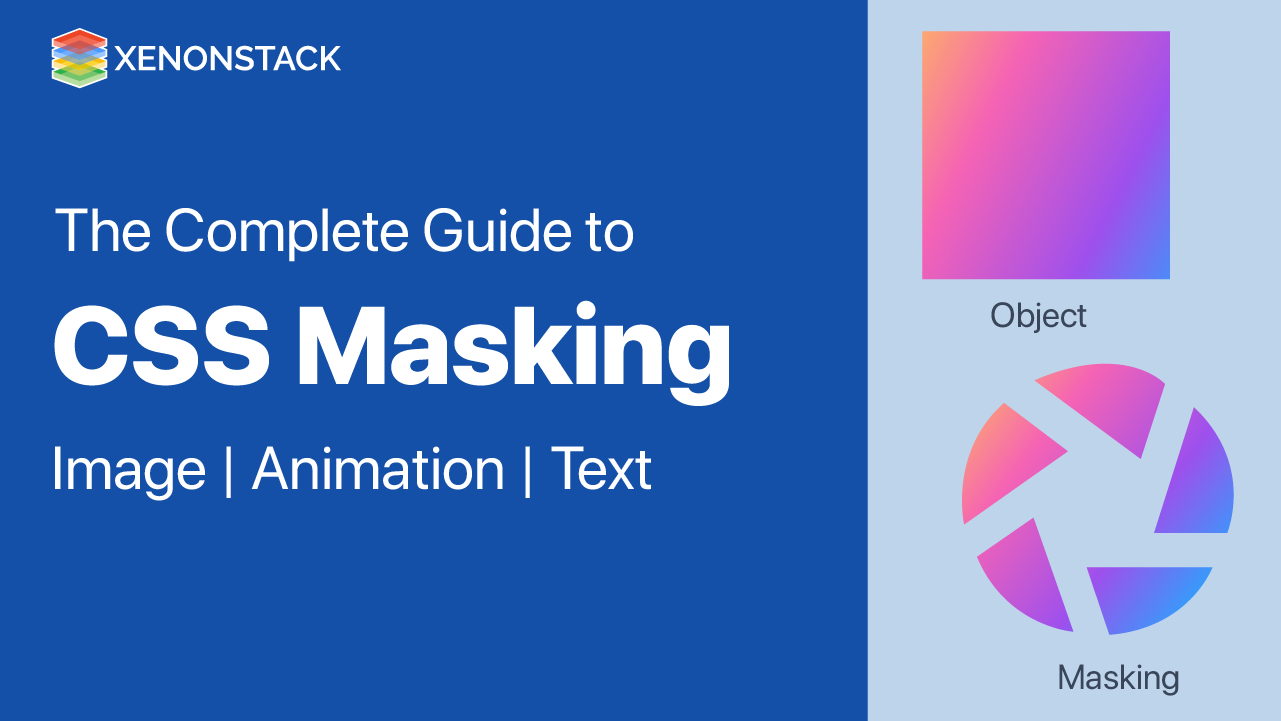
What is Designing for Scale?
Scale:- Scale is the relative size of a design or an element concerning the other design or the elements.
Designing for scale:- Designing for scale means the relationship between the size or design of an element in comparison with the other element's design or size.
A designer must follow certain rules to achieve a practical design and an attractive composition. The fundamental principles of design are Alignment, Emphasis, Balance and Repetition, Contrast, Proportion, White Space, and Movement. The design varies from art in that it has to have a purpose.
The process in which Designers create a visual in a computerized software or a device for the Client or End Customer. Click to explore about our, User Interface (UI) Design Trends
Why is it important?
With the help of these principles, we can have control of the behavior and appearance of the object we want to display. By following these principles, designers can bring the best out of their designs.
3 ways scale impact the design
Design is shaped with the help of scales, By regulating design relativity, functionality, and adaptability.
Relativity
It defines the relationship that a particular design or an object in the design has with its surroundings. For Example, when designing a child's eating, the handle of the spoon should ergonomically fit in the child's hand, and the spoon's bowl should be scaled enough to fit in the child's mouth.
Functionality
The design should be scaled to define the functionality between the elements or how the various objects in the design will interact. For Example, If the child cannot open or operate the bottle designed for them, the scale is off.
The design should answer the following questions of the users: how these objects are used and who is using them.
Adaptability
The elements in the design must perform in the way they are meant to, even if the design is taken to several different scales. For Example:- If the scale of the above-explained Example is increased and the multiple children share the same bottle, then the bottle should perform the same as it was earlier.
For Example: The design of the two arrows is relative to the cards displayed below, and the functionality of the arrow helps to move the card to display more sets of information and can be easily adaptable to any number of cards.
The method of changing the space between two characters to improve an outwardly satisfying and consistent stream between letters. Click to explore about our, Kerning Typography Types
What are the principles of Designing for Scale?
Top 5 principles of Designing for Scale are below highlighted:
Balance
The principle of balance defines the arrangement and the proportion of the design elements. Imbalance in design can occur not only in the symmetry of the elements but also in the imaginary central line going through the middle of the screen. For Example, if you have one small design element and one large design element on the opposite side of an axis, the design will seem unbalanced in user experience. The area taken by the element matter in the balance and the number of elements on either side of the axis can also create an imbalance in design. Different types of balance can be used in the design:
Symmetrical
In symmetrical balance, the elements in the design are relatively distributed along with the central axis.
Asymmetrical
In asymmetrical balance, the elements in the design are distributed asymmetrically along with the central axis. An asymmetrical design is when we have different elements in the design, but all these elements are assigned with similar weights for a balancing effect. The shape, weight, or size are different, but the elements are weighted equally in Asymmetrical design.
Radial
The elements radiate out from the central axis. Images or designs with radial balance draw the viewer's attention to the center point of the axis, which is the origin of other elements in the design.
In the example above, we have a center of origin (an axis or a center point), which acts as an origin for other elements.
Rhythm and Repetition
Rhythm in design is created by the repetition of color, line, form, and texture, which creates a visual the human eye follows. With the help of these repeated designs, it helps the human eye to go with the flow of the design.
Rhythm implies movement and helps the human eye to move across the design in a pleasing manner. Rhythm can be created in a design by creating focal points in the design pattern and defining them with a specific placement, color, shape, and texture that flows through a pattern of the design.
Emphasis
Emphasis refers to the center of attraction or the focal point in the design. The focal point is that part of the design to which the human eye is attracted at first glance.
Multiple focal points or two emphasized areas can help to create a story or an interest in the design space and create an everlasting first impression. The placement of these focal points is the most important step in creating a story between the objects in the design.
Proportion and scale
Proportion and scale depending on the design elements' size and relationship. Proportion is not dependent only on a known size. It defines the relationship of one object in the design to the other object or the relationship between one part of the object to the other part of the object. The scale primarily depends on the comparison based on the perception of an object or the white space in the design with something of a known size (human scale).
To create balance in design, it's essential to establish the right relationship between the object and the entire white space, making the design exciting and balanced.
For Example:- A group of 4 paintings hung closely on a single large wall to create a dense area will give a larger impact, rather than a single medium-sized painting hung on the 4 walls in the same room.
How the different objects are related to each other, and what is the relationship between the objects themselves and the relation between them and the space around them? This relationship is called Negative space, an essential concept in artwork placement. The size and shape of the objects create an effect on the white space around them.
Importance of scale example
By manipulating the scale of different objects in design, we can change the perspective and give the user an in-depth impression of the design. For Example: in this coca-cola ad, the differently scaled bottles are used to create a smile. If the scale of all the bottles were the same size, then the impression of this ad might be different.
Hierarchy
Hierarchy defines how well the content on the website is presented to the user. Hierarchy defines the importance of an element within the design by placing the element within the design as compared to the other elements in the design.
For Example:- Heading in the design, the page's title should be the most highlighted and the essential part of the page and be easily recognizable to the user at first glance. Heading and the subheading should also be highlighted compared to the page's content so that users can find the correct information they are looking for. It should be formatted so that it reflects the relation and importance to each other, the title, and the content.
blueprints help the organization understand the bigger picture of how the service is used by the company and implemented by the company.Click to explore about our, Service Blueprint Benefits and its Elements
Conclusion
The designing principle helps to provide a structured design with proper hierarchy, rhythm, balance, and symmetry among the objects. The better the relation between the design element, the better the impression and message we can convey to the users from our design.
- Discover here about Visual Design Principles and its Elements
- Click to know about Interaction Design Principles


